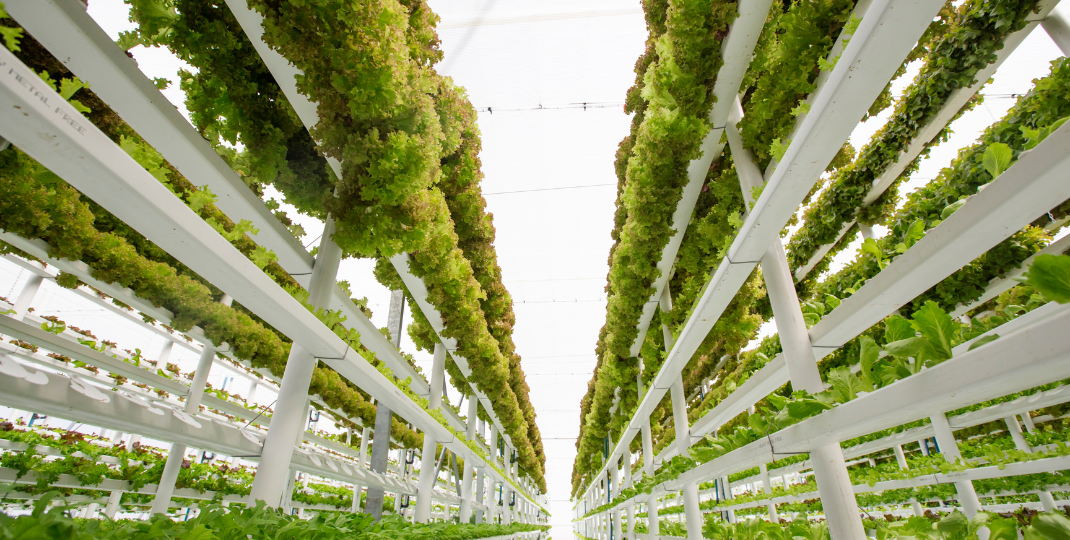A single cell protein, also known as SCP, is a type of protein that is derived from microorganisms such as bacteria, yeast, and algae. It holds immense potential as a sustainable and efficient source of nutrition for human consumption. These microorganisms can be cultivated in large quantities using minimal resources, making SCP production an environmentally-friendly alternative to traditional animal-based protein sources. Additionally, cell proteins have a high nutritional value, containing all essential amino acids and a range of vitamins and minerals. As the global population continues to grow, the exploration and utilization of cell proteins offer a promising solution to address food security and mitigate the negative environmental impacts associated with traditional protein production methods.

How is cell protein produced?
cell protein (SCP) is produced through a process called fermentation. It involves the growth and cultivation of microorganisms, such as bacteria, yeast, or fungi. These microorganisms are cultivated in large bioreactors under controlled conditions, providing them with a nutrient-rich medium to grow and multiply. As they consume the nutrients, they convert them into proteins, which are then harvested and processed into SCP. This method allows for the production of high-quality protein that can be used as a sustainable and alternative source of protein for human and animal consumption.

What are the different sources of cell protein?
cell protein (SCP) refers to the protein-rich biomass produced from microorganisms. There are various sources of SCP, including bacteria, yeast, fungi, and algae. Bacteria like Escherichia coli and Bacillus subtilis have been extensively used for SCP production as they can be genetically modified to enhance protein content. Yeast, such as Saccharomyces cerevisiae, is another common source that can be easily cultured and has high protein synthesis capabilities. a cell protein Fungi like Aspergillus and Fusarium species are also utilized due to their ability to grow on agricultural waste and produce protein. Additionally, certain types of algae, like Chlorella and Spirulina, are rich in protein and can be cultivated in wastewater or saline environments. The selection of the microorganism as a source of SCP depends on factors such as protein yield, growth rate, nutrient requirements, and feasibility of large-scale production.
What are the nutritional properties of cell protein?
cell protein (SCP) refers to protein-rich food sources derived from microorganisms, such as bacteria, yeast, or algae. These microorganisms are grown using various substrates and can have diverse nutritional properties. SCP is known for its high protein content, often containing all essential amino acids required by the human body. It can be a valuable source of vitamins, minerals, and other nutrients, depending on the specific microorganism used and growth conditions. SCP can also be customized to meet specific nutritional requirements, making it a versatile and sustainable alternative to traditional protein sources. Additionally, SCP production can be more efficient in terms of land and water usage compared to conventional livestock farming, offering potential environmental benefits.
Can cell protein be used as a substitute for traditional protein sources?
cell protein (SCP) can indeed be used as a substitute for traditional protein sources. SCP refers to protein that is derived from microorganisms such as bacteria, fungi, or algae. These microorganisms can be grown on various substrates like agricultural waste, allowing for a sustainable and efficient production process. SCP is highly nutritious, containing all essential amino acids, vitamins, and minerals necessary for human consumption. It also has several advantages over traditional protein sources, including its ability to be produced in large quantities within a short period, its potential to reduce environmental impact, and its suitability for use in diverse food products. While there may be some challenges in terms of acceptance and scalability, the use of SCP as a substitute for traditional protein sources holds great promise for addressing global food security and sustainability challenges.
What are the potential environmental impacts of large-scale production of cell protein?

The potential environmental impacts of large-scale production of cell protein include increased energy consumption and greenhouse gas emissions due to the need for industrial processes and transportation. Additionally, the production of cell protein may require large amounts of water, contributing to water scarcity and potentially polluting water sources through the discharge of wastewater. The cultivation of microorganisms for protein production may also lead to deforestation as land is cleared for the establishment of facilities. Moreover, the use of synthetic fertilizers and pesticides in the cultivation process can contribute to soil degradation and water pollution. Proper management and mitigation strategies should be implemented to minimize these potential environmental impacts.

Are there any safety concerns associated with consuming cell protein?
There can be potential safety concerns associated with consuming cell protein (SCP). It is important to consider the source of SCP as it can be derived from various microorganisms, some of which may have toxic compounds or allergenic properties. Additionally, the fermentation process used to produce SCP should be carefully controlled to prevent contamination with harmful substances or pathogens. Proper regulation and quality control measures are crucial to ensuring the safety of SCP for consumption, as with any other food product.
What are the economic implications of incorporating cell protein into food production?
Incorporating cell protein (SCP) into food production can have several economic implications. Firstly, it could decrease the reliance on traditional protein sources such as meat, which are often resource-intensive and expensive to produce. SCP production is more efficient and requires less land, water, and feed inputs, potentially reducing production costs and making food more affordable. Secondly, SCP can be produced year-round and in various environments, reducing the dependence on seasonal crops and enabling stable food production. This can contribute to food security and reduce price fluctuations in the market. Lastly, incorporating SCP could create new job opportunities in the production and processing of this innovative protein source, stimulating economic growth and diversification within the food industry.

How does cell protein compare to other alternative protein sources, such as plant-based proteins?

cell protein (SCP) refers to protein derived from microorganisms such as bacteria, yeast, or fungi. Compared to other alternative protein sources like plant-based proteins, SCP has some unique characteristics. SCP can be produced using a wide range of feedstocks, including non-arable land and waste streams, making it more sustainable and efficient in terms of land and water use. It can also be produced rapidly, without the need for extensive agricultural practices. Additionally, SCP is highly versatile and can have a neutral taste and texture, making it easier to incorporate into various food products. However, one potential drawback of SCP is that it may not contain certain essential nutrients present in plant-based proteins, requiring additional fortification. Overall, SCP offers an innovative and promising solution to address the growing demand for alternative protein sources.
The Promising Future of cell protein in Sustaining Global Food Security
In conclusion, cell protein (SCP) holds immense potential as an alternative and sustainable source of protein for human consumption. With its low environmental impact, scalability, and ability to be produced using diverse organic waste materials, SCP offers a promising solution to the challenges posed by traditional protein sources. Its nutritional value and versatility make it suitable for various food applications, while its production process can contribute to waste management and resource efficiency. As we continue to explore innovative ways to address global food security and sustainability, cell protein emerges as a viable option that warrants further research and development.
